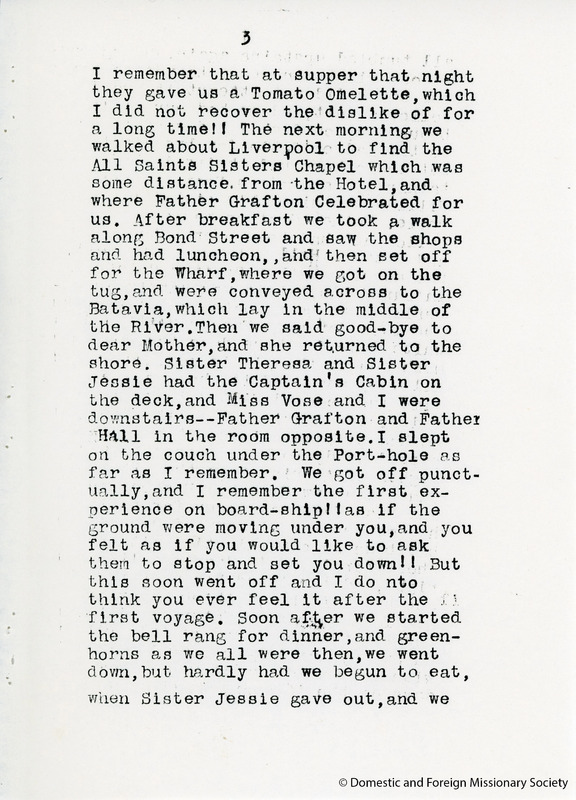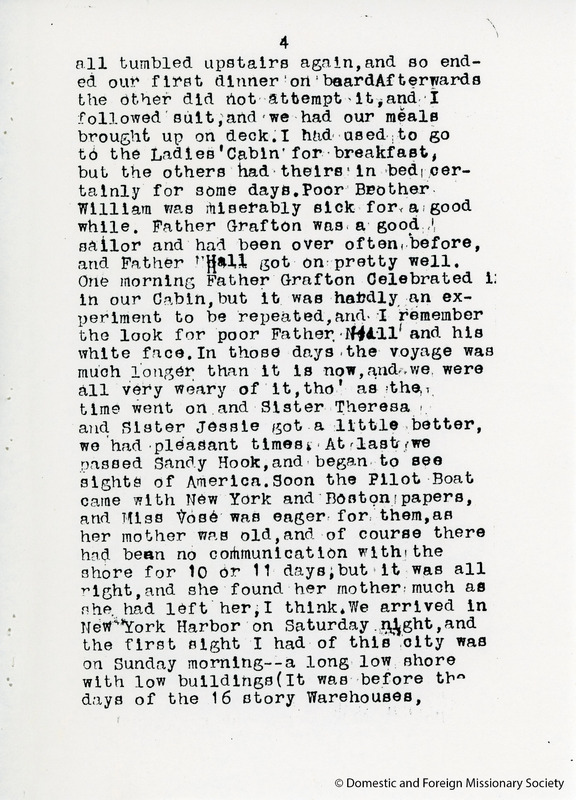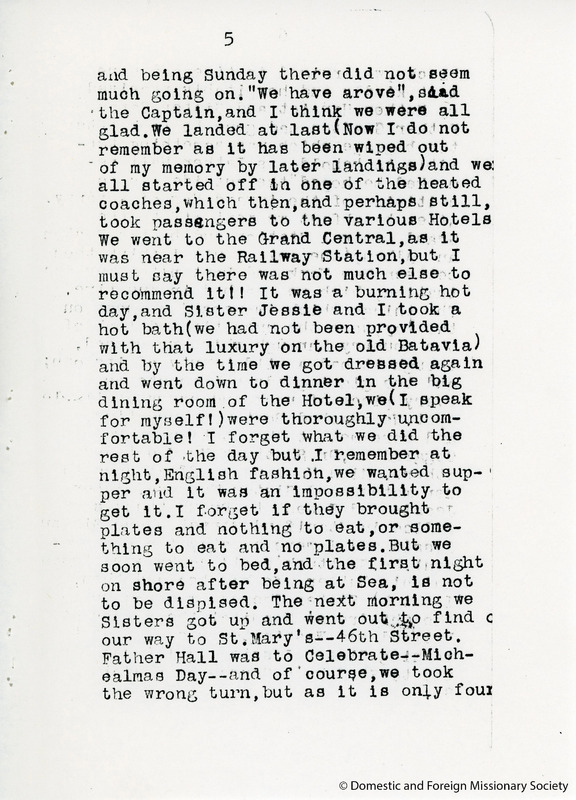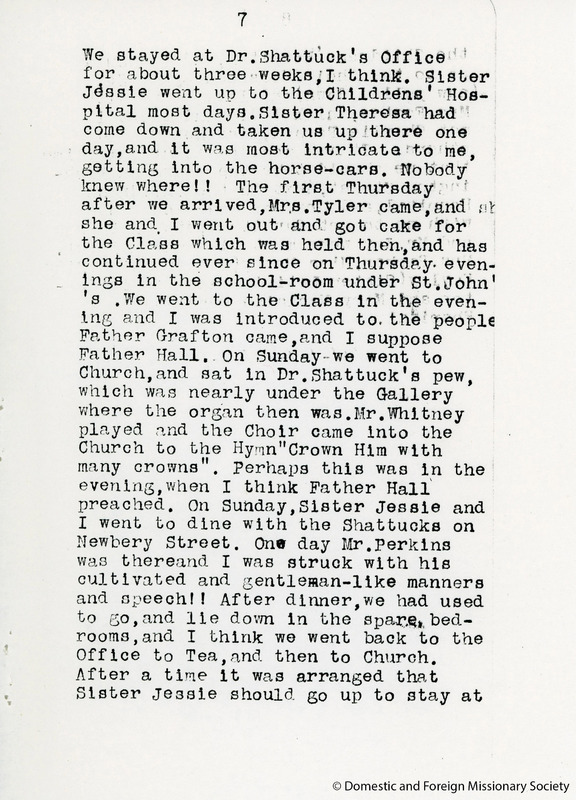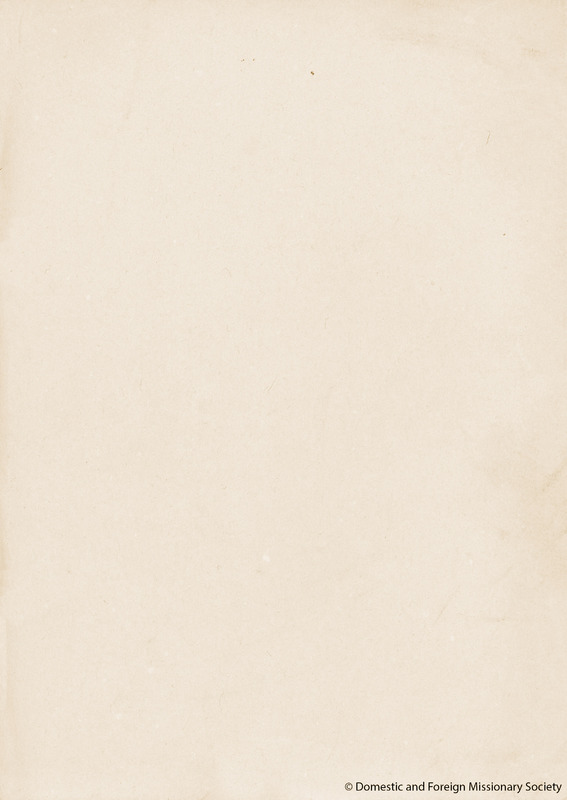Religious Orders
The first Episcopal religious order for women was the Sisters of the Holy Communion, formally founded in New York in 1852 under the supervision of Rev. William Augustus Muhlenberg. The Sisters devoted their lives to teaching, visiting the poor, and nursing the sick. They worked tirelessly during cholera epidemics and smallpox outbreaks, nursing patients around the clock. Although disbanded by Muhlenberg in 1863, it later reformed into two separate orders and continued work until the last sister died in 1940. During the subsequent decades, religious orders for women multiplied around the country, many of which were American branches of English sisterhoods.
Religious communities provided women with opportunities for service that were not available for most women in the 19th century, who were expected to aspire no further than dutiful wives and mothers. As sisterhoods became more prevalent in the United States, they began to adopt outward signs of their calling, most notably the habit, which Muhlenberg had forbidden the Sisters of the Holy Communion to wear. This sign of separateness allowed Sisters to operate in the public sphere with an impunity denied to other women and to work directly not only with the poor, which was acceptable for any woman, but with societal outcasts and groups considered “impure,” such as prostitutes, without compromising their social standing. It also set them apart as individuals who could move with relative ease between the highest and lowest economic classes.
Much of the work of the religious orders was centered around hospitals and homes for the indigent elderly, orphans, “wayward” women, and widows. The sisters were nominally under the rule of a Bishop or clergyman and the institutions were affiliated with a diocese or parish, but the women frequently organized and administered their institutions by themselves. In an era in which government aid programs were essentially non-existent, these sisterhoods provided real and desperately needed assistance for the urban poor. Their example inspired an increased focus on the Social Gospel among Episcopalians and offered laywomen a new perspective on the possibilities of Christian work in the world.
With the advent of modern aid programs, centralized health care and hospital systems in the late 20th century, much of what the sisterhoods provided was no longer so urgently required. Expanding societal and economic roles for women rendered the idea of aligning themselves with the male-dominated structures of the church less attractive, and new recruits became difficult to find. As their members aged, many of the religious orders for women closed due to lack of member recruitment. However, several Episcopalian sisterhoods do continue their foundational work among the needy and others serve their communities by providing a place for contemplation and spiritual renewal, through retreats and other programs.
